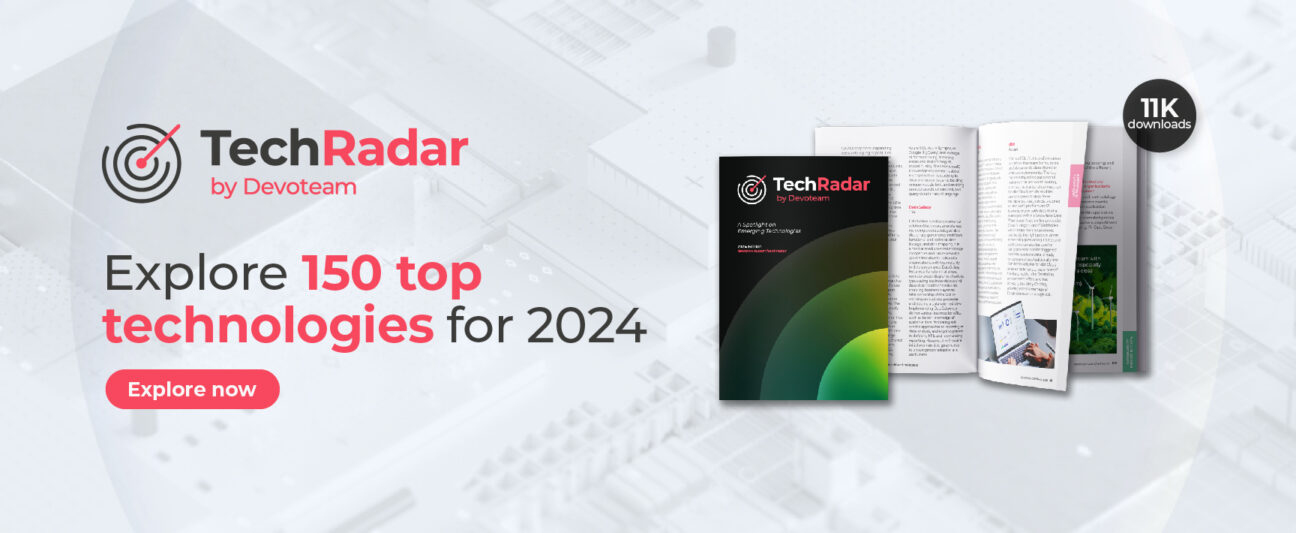
Founded in California in 2003, Automation Anywhere is one of the pioneers of RPA (Robotic Process Automation) and is, according to Gartner, one of the leaders alongside UiPAth, Blue Prism and Microsoft.
The principle of RPA is to entrust software robots with the execution of simple tasks, often repetitive and time-consuming, in order to relieve human workers: data re-entry, information verification, document generation and distribution, etc. According to a study by the McKinsey Global Institute, it would be possible to automate at least one-third of the tasks in almost 60% of the professions.
With revenues that grew by 31% by 2021, RPA is the fastest-growing segment of enterprise software today. The main reason for this success is that these solutions respond concretely and quickly to the current challenges of companies, which, regardless of their sector, are seeking to improve the quality and efficiency of their operations with fewer people. According to a study by Automation Anywhere, 90% of companies believe that automation is helping them address labour shortages and challenges in their supply chains.
Yet, while more than 9 out of 10 companies have tried RPA, barely half admit to exploiting its full potential (source: The Economist Intelligence Unit). What can be done about this? How can we help these companies to go further and scale up RPA to multiply its benefits? Automation Anywhere’s Automation 360 platform shows the way forward.
Cloud RPA to help spread RPA throughout the organization?
From an initial project with modest ambitions, RPA often spreads throughout the organization. Noticing its beneficial impacts, other departments are interested in it, and would like to have the same solution, or create their own robots, and, one by one, the demand keeps growing. Very quickly, people want to use RPA everywhere, all the time, to be able to access and deploy it easily, to multiply the number of users without constraint, to guarantee them high levels of performance and availability, and to manage a growth in needs whose scope and speed quickly exceed forecasts. This is exactly what the cloud enables, and its flexibility and agility are essential to support the rapid spread of RPA in the enterprise.
Moreover, Cloud RPA also allows to minimize the costs – infrastructure, maintenance, security and compliance… – of the solution, and therefore to build solid business cases for projects whose ROI would otherwise be uncertain.
Automation 360 is a cloud-based solution that allows you to take full advantage of all these benefits. It is also a powerful lever for accelerating transformation because the platform facilitates the distribution of the latest innovations from the editor and its community, such as the enterprise digital assistant AARI (Automation Anywhere Robotic Interface) or the pre-configured robots of the Bot Store.
In March 2021, Automation Anywhere, featured on TechRadar by Devoteam, and Google entered into a strategic partnership to drive the adoption of RPA via the cloud. Under the terms of the agreement, GCP will become Automation 360’s preferred cloud platform and the two companies will jointly develop solutions that combine their RPA, AI, low-code/no-code development and collaboration tools, leveraging their respective capabilities.
Automation 360 is also available on Azure and its features are easily accessible and usable from Microsoft’s Power and Office 365 tools. This makes it much easier to automate everyday tasks in the workplace and more generally to adopt RPA in the business.
Intelligent RPA, RPA powered by artificial intelligence
Originally, RPA was designed to automate simple tasks, but AI, in all its forms, allows today to go much further in complexity. This is what is sometimes called Intelligent RPA, which is illustrated by the tools available on Automation 360:
- Fortress IQ: acquired in December 2021 and now called Process Discovery, this solution uses AI to detect processes that would benefit from automation;
- IQ Bot: using image recognition, automatic language processing (NLP) and machine learning (ML), IQ Bot automates the processing of documents and unstructured data on which a large part of business processes are based;
- Bot Insight: the price of success of RPA can be an anarchic, even counterproductive, proliferation of bots; to avoid this frequent pitfall, Bot Insight provides a global and detailed view of the company’s bots, their status and their impact, and suggests ways to optimize them.
Hyper-automation, enterprise-wide RPA
Hyper-automation, a term proposed by Gartner, represents the ultimate maturity horizon for RPA. By combining all the technological possibilities available to the enterprise (RPA, AI, low-code/no-code programming, IoT, cloud and edge computing, event-driven architectures, etc.), it is a matter of automating entire areas of its operations; digitizing complex processes from start to finish, and freeing up collaboration and information exchanges that were previously hampered by organisational silos.
This is the culmination of the digital transformation of operations and Automation 360 can be the technological foundation for it. However, hyper-automation also requires a high level of organizational and methodological maturity, such as setting up an RPA centre of excellence.
How can I learn more?
This article is a part of a greater series centred around the technologies and themes found within the first edition of the TechRadar by Devoteam. To read further into these topics, please explore TechRadar by Devoteam.

Want to know more about Automation Anywhere?
Check out TechRadar by Devoteam to see what our experts say about its viability in the market.